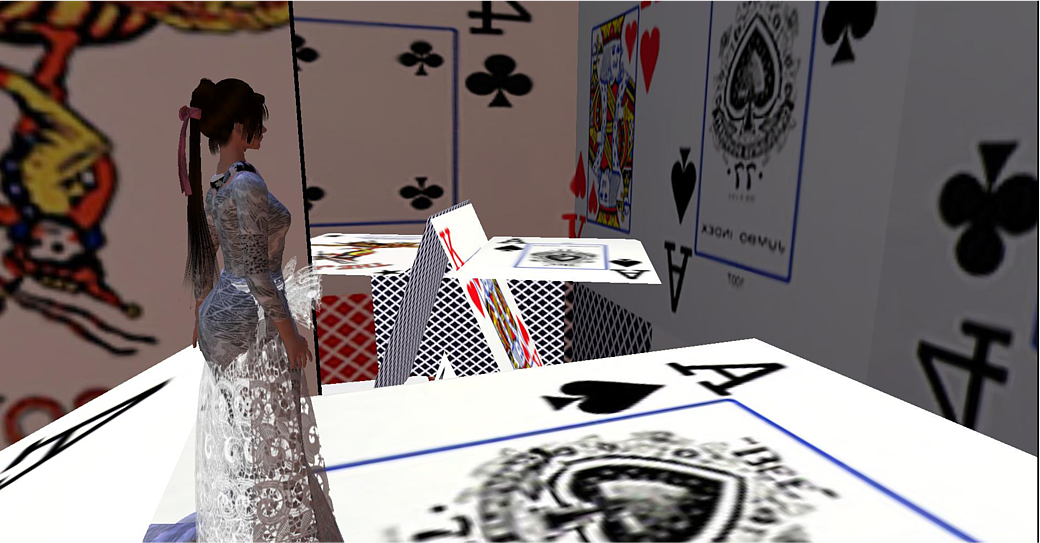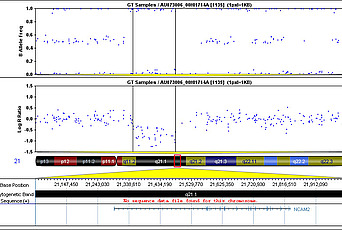Samurais and Second Life

At the end of last year, Forbes Japan interviewed Eiko Ikegami, Walter A. Eberstadt Professor Emeritus of sociology at the New School for Social Research and IAS Visitor in the Program for Interdisciplinary Studies, to talk about the future of virtual worlds and the opportunity they offer to address social issues and inequalities, as well as provide new ways of thinking. In three of her recent books, including Hyper-World: Autistic Avatars in a Virtual World (Tokyo NTT Publishing, 2017), Ikegami considers how we can develop the infrastructure of the metaverse to build a society, and a culture, which encourages innovation and social exploration. The metaverse, she believes, can be a powerful tool to this end because it offers a space where individuals can come closer to being their true selves—especially those of diverse intelligences.
Since 2007, when she made her own avatar and built her own house on the 3D virtual world of Second Life, Ikegami has been immersed in a decade-long study of how individuals, as avatars, form communities. In her time on Second Life, she and her team have visited over a hundred virtual communities, ranging from LGBTQ groups, groups with ecological interests, both traditional and alternative religious groups, and groups formed by those with disabilities. The groups with disabilities—and particularly autistic communities—caught her attention; she was impressed by these individuals’ ability to use their avatars and to construct virtual environments suitable for them, in order to communicate more easily and allow their talents and personalities to shine.

She describes her most memorable moment of discovery as ‘falling into Alice’s rabbit hole’: “When an autistic friend took my avatar to his creative project, an enormous and intricate virtual funhouse, a labyrinth of countless rooms—130 rooms according to him—unfolded before my eyes. ‘It’s like the beginning of Alice in Wonderland!’ I noted. ‘Of course,’ he answered, ‘that’s the goal I aimed for.’”
One reason the neurodiverse communities of Second Life drew her attention is because of the way it sparked memories of her own experiences. As she explored these communities of Second Life, she was reminded of her days starting as a graduate student in the U.S. without knowledge of the language or the culture. In those days, Ikegami was forced to recalibrate her own identity and cultural upbringing; Second Life made her do the same. And meeting neurodiverse people added yet another twist. Encounters with neurological others made her question her own way of seeing the world, her own sensory and perceptive characteristics. “The quest to understand atypical intelligence (not solely autism), for me, is an experience akin to rolling along a Möbius strip. Despite thinking that I am walking straight, I ultimately double back on my starting point. I perceive my pursuit as learning from ‘the others,’ but I keep coming back to the question of understanding myself.” It is this curiosity-driven inquiry that has spurred not only her current work on avatars and neurodiverse individuals, but also her historical sociological inquiries.
Ikegami’s previous work examines communities from another direction—that of Japanese history. Her award-winning book, Bonds of Civility: Aesthetic Networks and the Political Origins of Japanese Culture (Cambridge University Press, 2005), which she conceived while she was a Member of the School of Social Science, examines how aesthetic social networks, such as poetry circles and literary societies, created public spaces—informal though they may be—that enabled the spread of information and ideas, established practices for how to interact in a social setting, and, eventually, undermined the rigidly hierarchical feudal system of the Japanese Edo period.

It may seem strange, almost irreconcilable, to branch out from studying Japanese history to virtual worlds and the metaverse, but Ikegami sees similarities. “I have always been attracted to the study of virtuality—idea and culture—as well as to networks and their power to change the courses of history,” she told us. In the samurai-governed Edo period, aesthetic enclave publics acted as virtual realms developed by individuals who often considered their artistic lifestyles and identities of greater importance than their politically defined ones. She explains, “cultured individuals of this period often maintained multiple names and fictional personae (avatars) of their time in these enclaves of art- and poetry-loving communities.” Considering this, she asked herself, “What’s the equivalent of this world in contemporary society?” and landed on modern internet-based 3D communities.
Virtuality, by Ikegami’s definition, is not a term limited to the digital age, but encompasses people’s desire to communicate inner ideas—inner worlds—to one another. “If you think about stone-age cave paintings, you can see that the passion of communicating one’s inner images to others existed from the beginning of civilizations,” Ikegami explains. Avatars in a virtual world have freedom to play around with their identities and reputations in a more fluid way. Where the Tokugawa Japanese might have changed their hairstyle or costume, avatars in virtual worlds can change their bodies, appearances, and even surroundings to communicate their inner images. “Avatars in virtual worlds have spontaneously reinvented what Tokugawa Japanese invented in a different century in the real world. What I’ve done, is to draw attention to and document that fact. I discovered that without realizing it, modern day avatars had already applied patterns in practice, that I had previously explained theoretically.”
Since virtuality, according to Ikegami, is also a driving force in moving human civilization, and virtual worlds a potentially powerful tool for sharing one’s inner ideas, it is her desire to contribute to making metaverses socially useful and equitable. By creating public spaces that engage ways of thinking outside of the neuro-majority, virtual worlds could have much to offer in forms of new innovations and ideas. Simultaneously, virtual worlds have the potential to be powerful tools in addressing social problems in a variety of fields such as education, or health. One such project, Ikegami mentions, is ongoing in Yokohama, Japan, where a group of medical doctors and academic researchers are exploring the uses of virtual worlds to help young adults to take charge of their mental health concerns.

After traveling from ancient Japan to virtual worlds, and from there to the mindsets of those with diverse intelligences, recently Ikegami made yet another huge leap—all the way to the Moon. Her latest project includes the development of an educational virtual platform, which she is calling Virtual Moon Village. Villagers would be avatars existing on, in, and under the lunar soil, where they would form (and be formed by) an immersive public sphere, taking on the challenge of working collaboratively to meet research, education, and entertainment needs, as well as sustainability concerns, and to exhibit survival skills in a hostile environment—allowing Ikegami to encourage young adults of culturally diverse groups to form communities in an unknown and unfamiliar environment, yet part of a joint Earth-Moon ecosystem. With future ventures to return to the moon planned, like NASA’s Artemis II moon mission, it is not far-fetched to consider such a project; understanding how communities develop and networks operate in atypical settings—like the moon—might just be the natural next step in this area of study.


